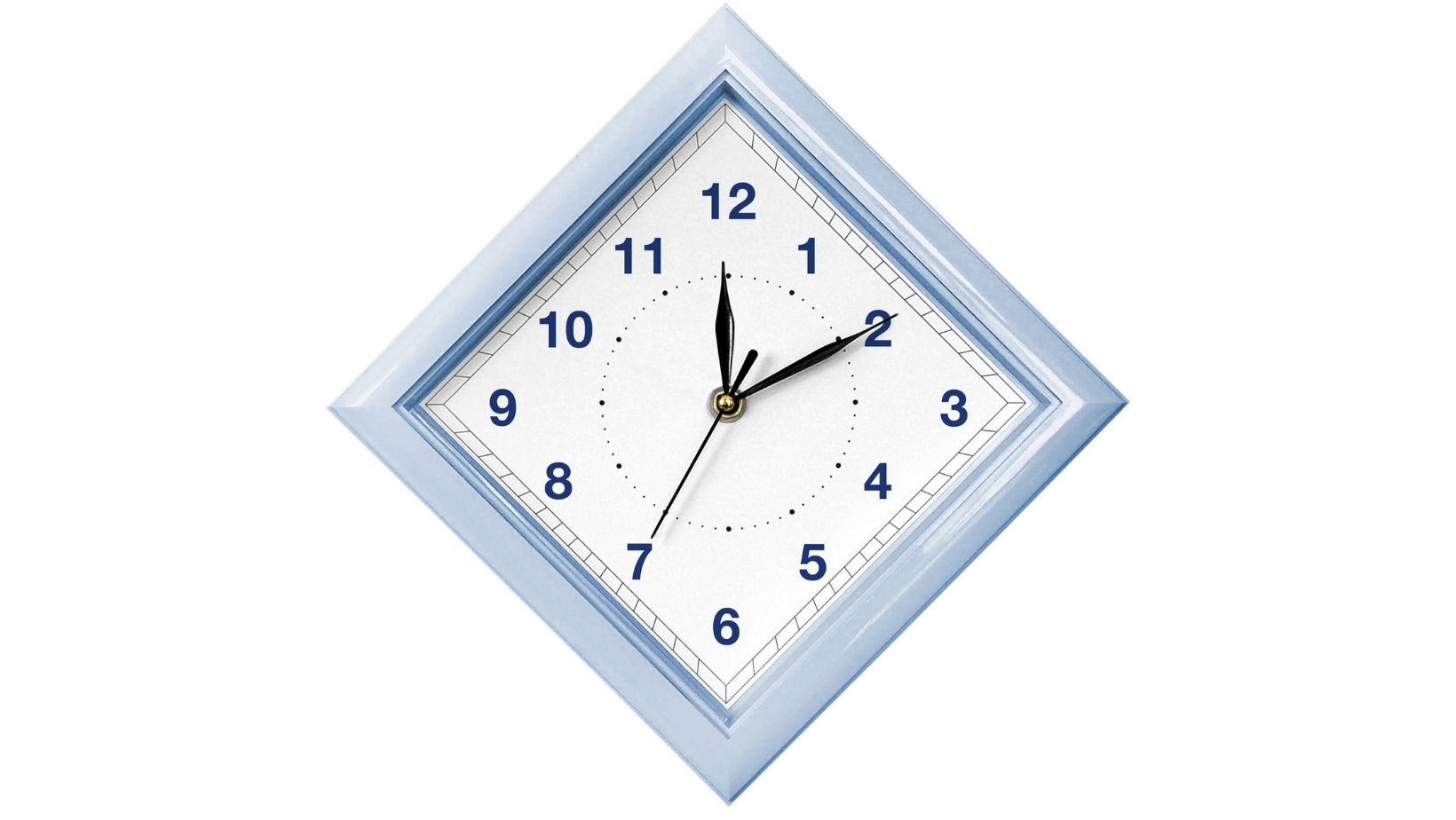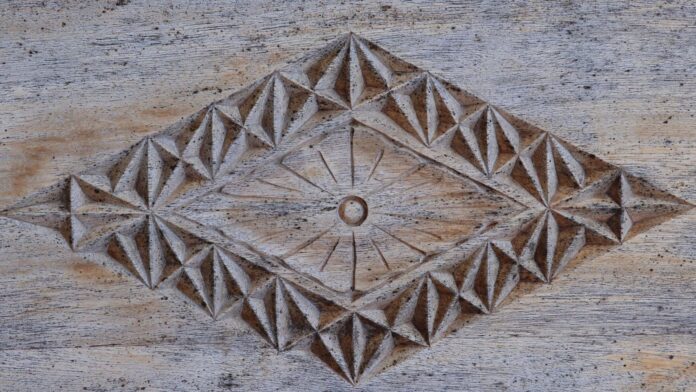Every Quadrilateral is a Rhombus
Every quadrilateral is not a rhombus. A quadrilateral is a polygon with four sides, but a rhombus is a special type of quadrilateral with all four sides of equal length. While it may seem logical to assume that every quadrilateral must be a rhombus, this is actually incorrect.
To understand why every quadrilateral is not a rhombus, we need to consider the defining characteristics of a rhombus. In addition to having congruent sides, a rhombus also has opposite angles that are equal. This means that if we have a quadrilateral where the opposite angles are not equal or the sides are not congruent, it cannot be classified as a rhombus.
For example, let’s take the case of a rectangle. A rectangle is another type of quadrilateral with four right angles. While all rectangles can be classified as quadrilaterals, they cannot be classified as rhombuses because their opposite angles are not equal. Similarly, other types of quadrilaterals like squares and parallelograms do not meet the criteria for being classified as rhombuses.
Therefore, it’s important to distinguish between the general category of “quadrilaterals” and the specific classification of “rhombuses.” While every rhombus can be considered as a type of quadrilateral, it does not hold true that every quadrilateral is automatically a rhombus.
Definition of Quadrilateral
Properties of Quadrilaterals
Quadrilaterals are a fascinating category of polygons that consist of four sides and four angles. These geometric shapes can vary greatly in their properties and characteristics, making them a subject of intrigue for mathematicians and geometry enthusiasts alike.
One key property of quadrilaterals is that the sum of their interior angles always adds up to 360 degrees. This means that regardless of the specific shape or size, the interior angles within any quadrilateral will always combine to form a complete revolution. For example, consider a square with all sides equal in length. Each interior angle measures 90 degrees, resulting in a total sum of 360 degrees.
Distinguishing between Quadrilaterals and Rhombuses
While all rhombuses are indeed quadrilaterals, not all quadrilaterals can be classified as rhombuses. The distinction lies in specific characteristics unique to rhombuses.
A rhombus is defined as a special type of quadrilateral where all four sides are congruent (equal in length). Additionally, its opposite angles are also congruent (equal in measure). These properties give rhombuses some interesting attributes such as having diagonals that bisect each other at right angles and being able to tile together seamlessly without leaving gaps.
On the other hand, not all quadrilaterals possess these qualities. For instance, a rectangle is also a type of quadrilateral but does not meet the criteria to be classified as a rhombus since its opposite angles may differ from each other and its adjacent sides need not be congruent.

Conditions for a Quadrilateral to be a Rhombus
The concept of every quadrilateral being a rhombus may seem puzzling at first, but there are specific conditions that determine whether a quadrilateral can indeed be classified as a rhombus. Let’s explore these conditions in detail:
- Equal Side Lengths: One of the key characteristics of a rhombus is that all four sides have equal lengths. This means that for any quadrilateral to be considered a rhombus, its opposite sides must be congruent.
- Opposite Angles Congruent: Another important condition is the congruency of opposite angles in the quadrilateral. In a rhombus, opposite angles are always equal. Therefore, if we find that the opposite angles in a given quadrilateral are congruent, then it satisfies this condition.
- Diagonals Perpendicular: A defining property of rhombuses is that their diagonals intersect at right angles (i.e., they are perpendicular). So, if we observe perpendicular diagonals within a quadrilateral, it meets this criterion for being classified as a rhombus.
- Diagonals Bisect Each Other: In addition to being perpendicular, the diagonals of a rhombus also bisect each other (i.e., they divide each other into two equal segments). If we can establish this property within our given quadrilateral, it indicates its potential qualification as being part of the rhombus family.
It’s important to note that satisfying all these conditions is necessary but not sufficient for classifying any given figure as a rhombus. These conditions serve as crucial guidelines and provide us with clues to identify and differentiate between different types of quadrilaterals based on their properties.


